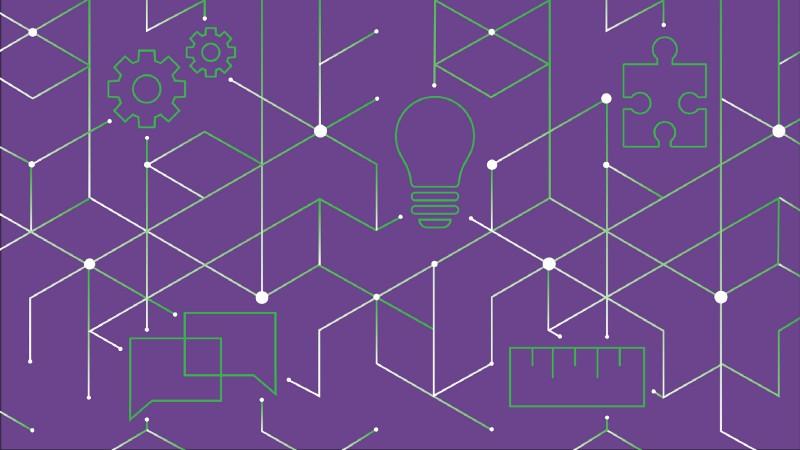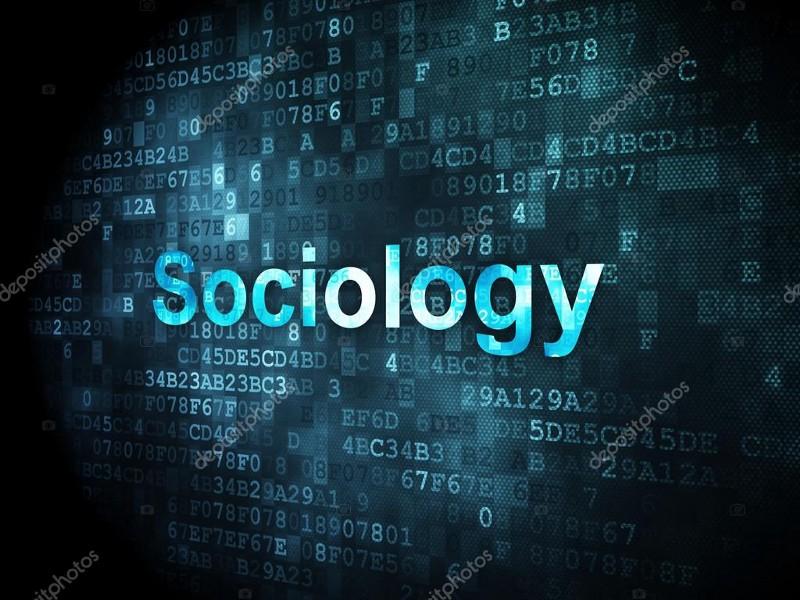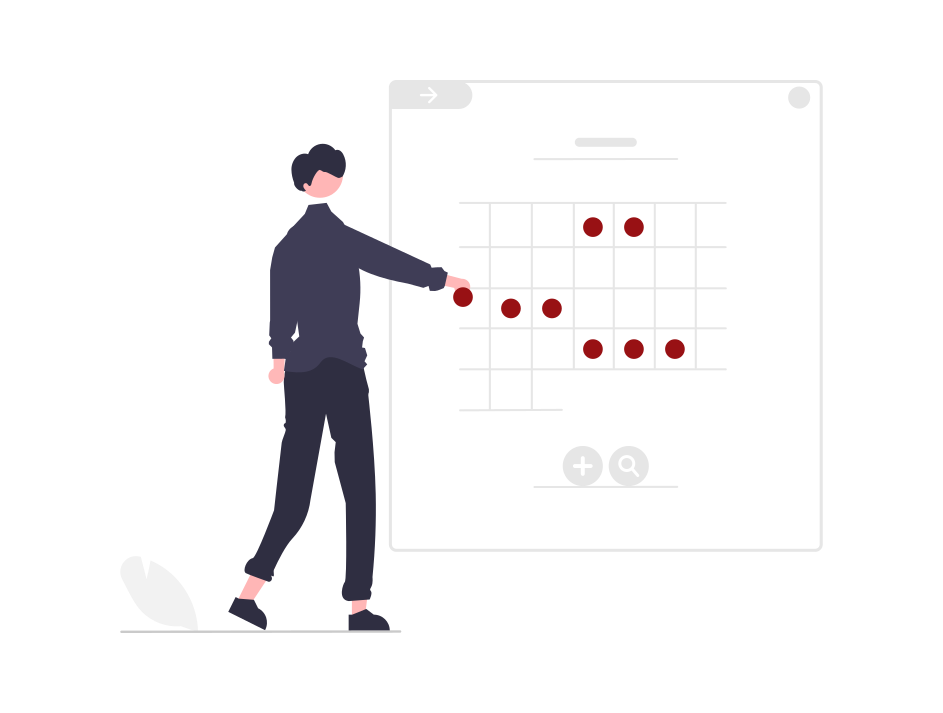Research frameworks: comparing Virtual Ethnography, Netnography, & Digital Sociology

Doing research online is paradoxically both easy and hard. The amount of readily available information which can be collected is staggering. From mundane copy & pasting and screenshotting, to more coding literate use of freely accessible application program interfaces (APIs).
At the same time researchers have to place their own work into the larger literature. They are told to briefly summarise their own philosophical beliefs on ontology and epistemology. And they are told to outline their theoretical framework. The idea being that all these things have a recursive relationship with each other. So being explicit about them helps shape better consistent and sound research.
Research framework: A theoretical framework consists of concepts and, together with their definitions and reference to relevant scholarly literature, existing theory that is used for your particular study (Labaree, 2019).
What this post does is give a brief summary of three different frameworks. It outlines historical, philosophical, and common methods and forms of analysis.

Virtual Ethnography
Origins
Ethnography is the study of cultures and peoples. It can be traced back to the earlier anthropological studies in the 1900s on rural non-Western cultures. It aims to study people in their natural setting (BMJ, 2008).
Virtual ethnography takes this approach of studying people in their natural setting, but from the physical offline to the online world. Immersing oneself in the ‘field’, collecting till data saturation, to produce thick descriptions (Hines, 2015). The approach took off around the late 1990s to early 2000s. Studies on on computer mediated communities (CMCs) tended to be small, qualitative and followed ethnographic approaches (Garcia, et al., 2009). In the last decade online ethnographic research has expanded, with research being conducted on Twitter, Facebook, forums, and buying & selling groups to name a few (Hallet & Barber, 2013).
In ethnography a research field site or research setting is identified in which the researcher immerses themselves to study. This is referred to as the ‘site’.
Philosophy and paradigms
Ethnography is split between traditional positivist and constructivist-interpretivist positions. The former believing the gold standard should be researchers acting as passive observers to collection objective social facts. While the latter believes that researchers shape and record data through the prism of their own biases and positionality. They empathise reflexivity in writing and analysis.
Methods
- Interviews — online verbal interviews through platforms like Skype and Whatsapp or through text services like forum chat, app chat or traditional email.
- Observation — observing user or members of an online community through non-participation or participation.
- Field notes — researchers reflexively record data through diaries or journals.
Data
Data is usually qualitative as a result of thick recording of descriptions. Content analysis can be used to turn qualitative data in quantitative, and some simple quantitative data can be used. Though this is comparatively rare (Hines, 2015).
Analysis
- Narrative and descriptive analysis — thick description of the data presented as a story.
- Social Network Analysis — mainly use of third-party websites to show patterns and trends within online community sites.
Advantages and disadvantages
Advantages
- Offers methods for in-depth data collection and immersion.
- Allows thick descriptions and identification of meaning behind the community of a research site like a forum or small website.
- Philosophically aligns well with interpretivist or constructivist perspectives.
Disadvantages
- Methods and analysis are unsuitable for larger sites. Results from smaller sites often ungeneralisable.
- Research designs and ‘how to’ guides are lacking.
- Comes with philosophical baggage which may introduce incoherence into a studies’ research design.
- Currently restricted to a number of data and analysis forms.

Netnography
Origins
Netnography is a framework created by Robert Kozinet (1998) with origins from consumer research and ethnography. Since then his works have been updated a number of times. In comparison to traditional ethnography this approach is much more structured with a number of explicit steps to follow which differentiates it to other frameworks like Hine’s (Kozinets, 2013).
It has had widespread use from from a number of academic disciplines, including management studies, business studies, education, health, geography, journalism, sport and tourism (Costello, et al., 2017).
Philosophy and paradigms
Netnography has origins in ethnography but has been used by researchers who hold interpretivist to positivist and critical realist views. In his updated book Kozient (2015: 1–22) differentiates Netnography from ethnography epistemologically by placing it into the perspective of techno-cultural social interactions. It imagines a world not only advancing in technology, but one of changing individualism, fluid cultural, fragmented and delocalised communities and identities (Roy, 2015).
Methods
- Observation — non-participant observation on online communities.
- Field notes — researchers reflexively record data through diaries or journals. Note the crossover with ethnography.
- Surveys — online surveys are rarely used in Netnographies (Kozinet, 2015: 57.
- Digital trace data — evidence of user activity, like retweets, likes, upvotes, and hyperlinks(Freeolon, 2014).
Data
Kozinet defines three types of data used in Netnographic studies. Firstly, already recorded and stored data, or archival data. Secondly, elicited or co-created data through the researcher’s own interactions. Lastly, field note produced data from reflexive non-observation or researcher participant observation.
Analysis
- Narrative and descriptive analysis — thick description of the data presented as a story. A crossover with ethnography.
- Social Network Analysis — analysing the relationships between individual actors to show macro-trend.
- Descriptive simple statistics — summarises the basic features of collected data.
- Discourse analysis — analysing online text communications from a sociolinguistic perspective
- Critical Discourse Analysis (CDA) — similar to the above but focuses on how discourse can perpetuate and reinforce social and structural inequalities.
- Qualitative textual and content analysis — systematic analysis of text through ‘coding’ excerpts, phrases and words to categories.
Advantages and disadvantages
Advantages
- Provides a ‘how to’ guide.
- Reliable framework used across a number of academic disciplines and subdisciplines.
- Applicable to many forms of data and analysis types.
Disadvantages
- Depending on research project remit the framework and steps may be excessive.
- Narrow focus can mean results are potentially ungeneralisable.

Digital Sociology
History
Sociology is the study of human society. Sociology has traditionally focused on the relationships and patterns between individuals, institutions and larger macro structures (BSA, 2019).
The subdiscipline of digital sociology interestingly took a bit of time to take off. Sociologists kept to studying class, crime and mass media in the US, UK and Australia. Instead media and communications studies looked to the online in these countries until a shift occurred in the early 2010s. Notably much of digital sociology is conducted by government and industry rather than academia (Lupton, 2014).
Philosophy and paradigms
Sociology has a well known divide between positivist quantitative (or post-positivist) and humanistic interpretivist qualitative paradigms. Up to date the majority of online social studies have been positivist.
Furthermore sociology overall is more interested in macro society power structured and relationships between individuals, rather than the micro-individual itself.
Methods
- Surveys — online surveys such as Google Forms, Survey Monkey or university approved survey platforms.
- Interviews — online interviews through Skype, Whatsapp and similar platforms.
- Visual — online images and videos such as Youtube videos or internet memes.
- Observation — non-participant observation on online communities.
- Digital trace data — evidence of online user activities, such as hyperlinks and retweets. These individual relationships when analysed at scale can show macro-patterns on an online platform.
Data
Both quantitative and qualitative data is used. The most popular form of data is quantitative big data gathered through online surveys and trace data capture. Digital sociological approaches to big data are largely drawn from computer science background.
Analysis
- Social Network Analysis — analysing the relationships between individual actors to show macro-trend. Often using big data.
- Descriptive and simple statistics — summarises the basic features of collected data.
- Visual analysis & critical visual analysis — analysing pictures and images through semiotic and critical frameworks.
- Discourse analysis — analysing online text communications from a sociolinguistic perspective
- Critical Discourse Analysis (CDA) — similar to the above but focuses on how discourse can perpetuate and reinforce social and structural inequalities.
- Qualitative textual and content analysis — systematic analysis of text through ‘coding’ excerpts, phrases and words to categories.
Advantages and disadvantages
Advantages
- Computer science methods means big data is a fruitful research avenue
- A macro focus on big data and study of society is highly compatible
- Applicable to many forms of data and analysis types, with a rich history of models and theories to draw on.
Disadvantages
- No ‘how to’ guides compared to more established subdisciplines or frameworks
- A still developing subdiscipline and framework
Note: This blogpost was originally posted on Medium in September 2019.




